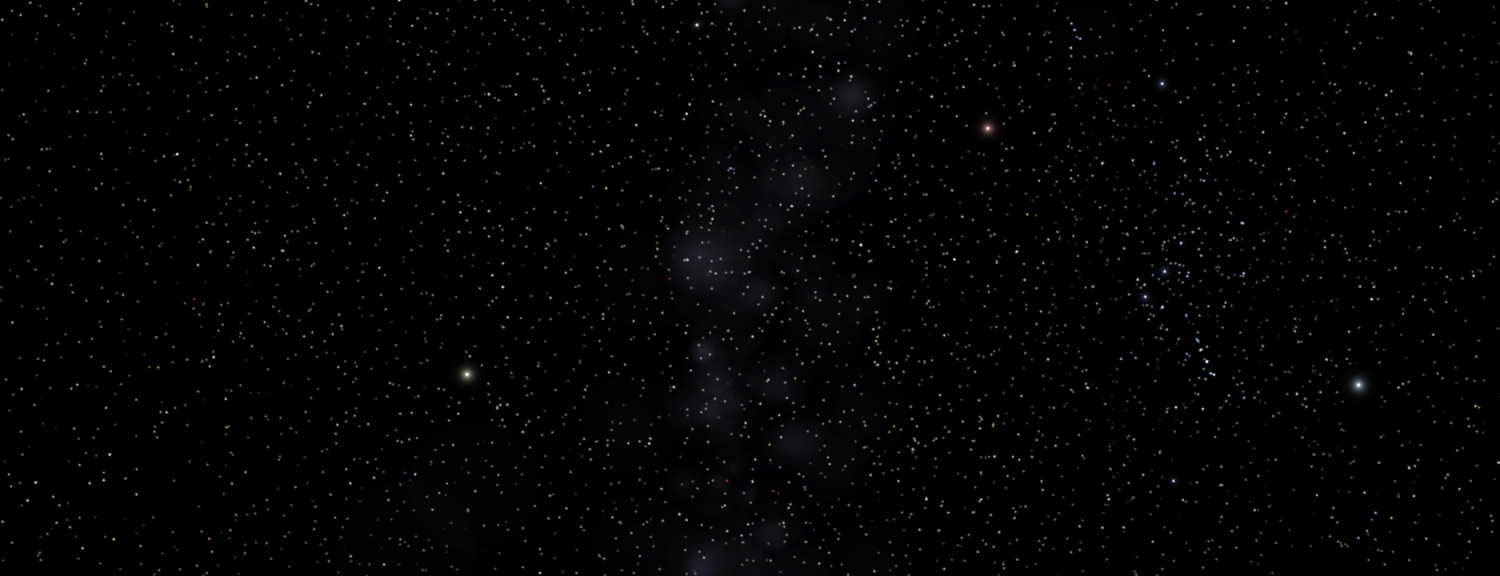The Changing of the Year
From the January newsletter.
If this were a normal year, I would be in Japan with my family. I call my wife’s mother’s house “the last house at the end of the rice fields before the mountains.” It’s in a small village at the edge of a populous river valley. Beyond it are steep hillsides, often planted with rows of tea bushes. Wild boar and monkeys make their home there, requiring a defensive perimeter around the family gardens to stop their depredations. There is probably a local legend of the gaijin who once a year walks over the mountain to see the temple on top and the ruins of a castle that stood there four hundred years ago. The few other hikers stare, but bow when I wish them akemashite omedetou – happy new year – as I pass. Even up here, small shrines and buddha statues are tucked along the path, hiding among the gnarled tree roots.
On New Year’s eve, the family would gather to cook a big meal, play games, listen to a singing show on television, and wait for midnight. The great bell on the temple behind the house begins to ring just before the hour. It’s a deep sound, stately, once every few minutes. It rings one hundred and eight times, once for each worldly desire the Buddhists teach that you should leave behind. We go out and join the small crowd (it’s a small temple) and take a turn to swing the heavy log that tolls the bell. The monk hands out small bowls of noodle soup which we eat standing around a bonfire. Some years the snow can be quite deep, here in the mountains.

This is not a normal year. We bought or made all the Japanese foods to make our own osechi ryori. The singing show was carried by a satellite channel that we get. My wife spent New Year’s eve – Tokyo time – on FaceTime with her mother. We watched many of the Studio Ghibli movies. If you watch Totoro some time, the village and the house are not unlike that place at the end of the rice fields.
I take a lot of inspiration for stories and settings from these places, and from other places we visit. It’s easy to imagine walking through a forest on Sellenria when climbing through a forest of bamboo that loom twenty feet or more in the air. The thousands of statues at one temple atop a mountain in Shikoku became the morghaests in that story. A town in Switzerland spread over two hills became Misthaven. Another became the town of Plurs, in Knots. Of course, some come closer to home. The Lake of Reflections, from the sequel to Sellenria that is in progress, looks a lot like our own lake Cayuga, below our house.
Wishing you the best of the new year.
-Chuck

